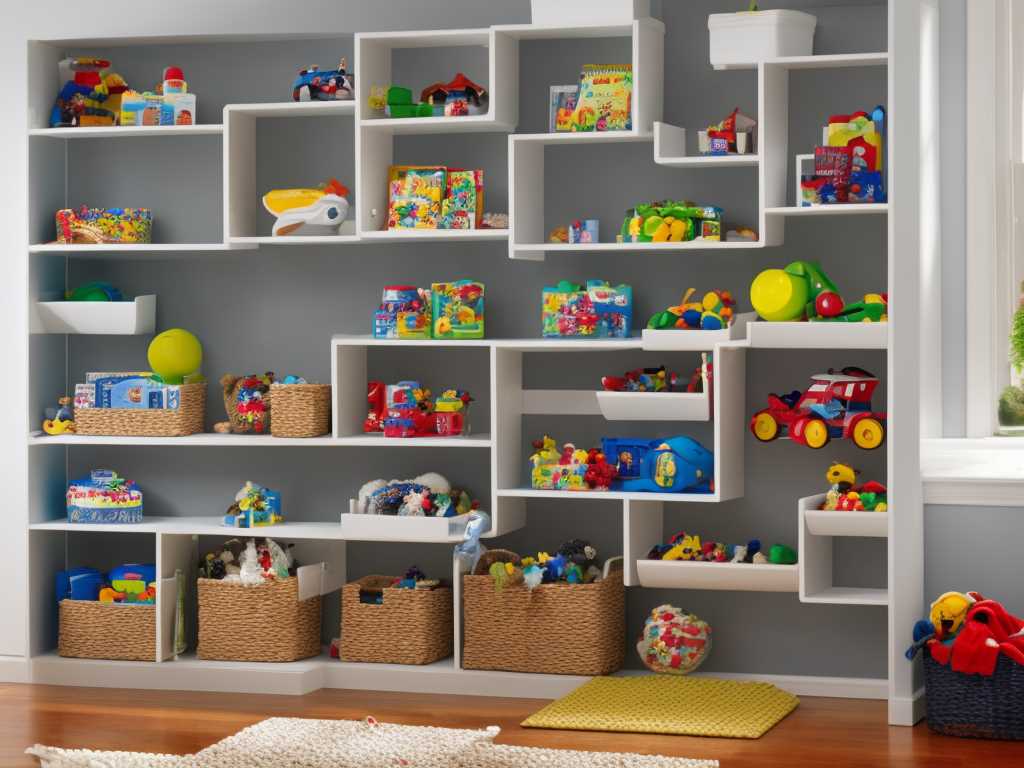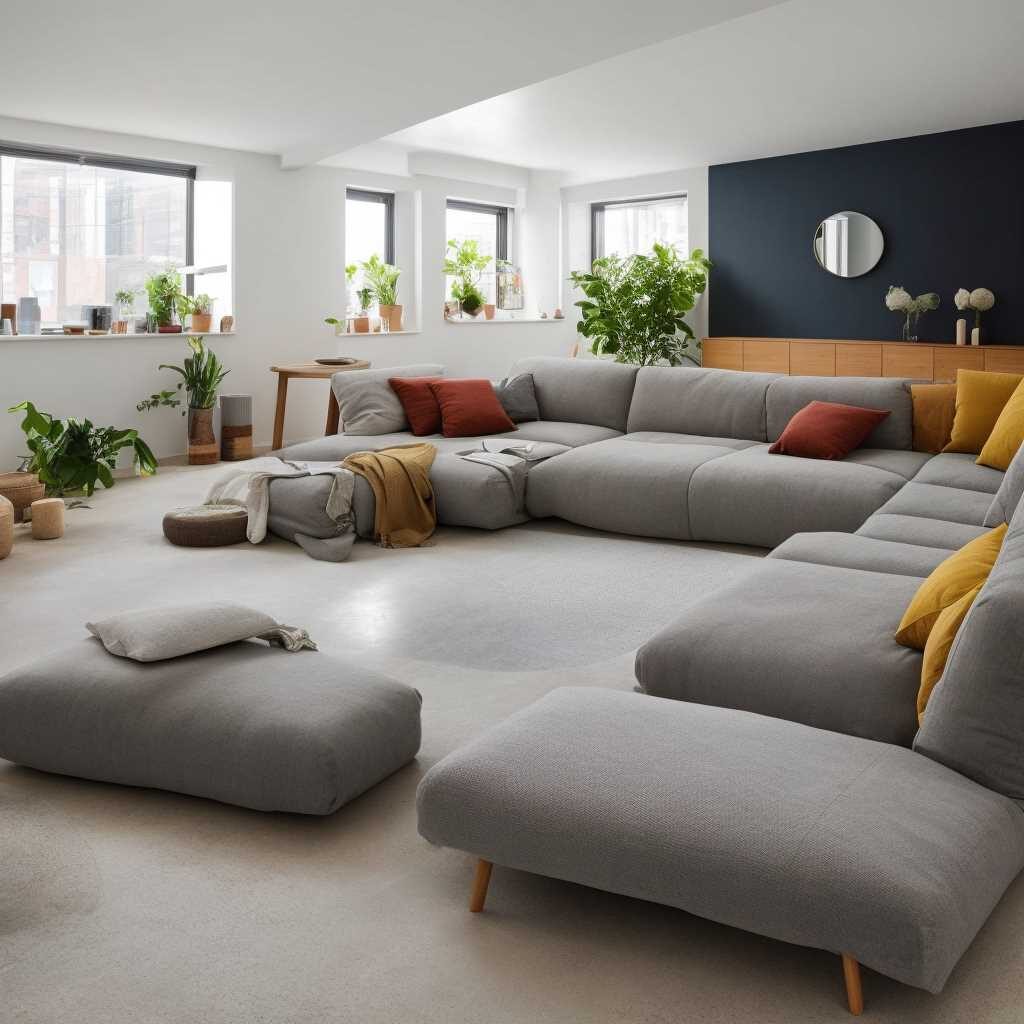
When it comes to decorating a living room, the sofa is often the centerpiece of the space. While many people choose to place their sofa against a wall, floating the sofa in the middle of the room can create a more open and inviting feel. However, floating a sofa can be a bit tricky. In this article, we will explore how to float a sofa in a living room.
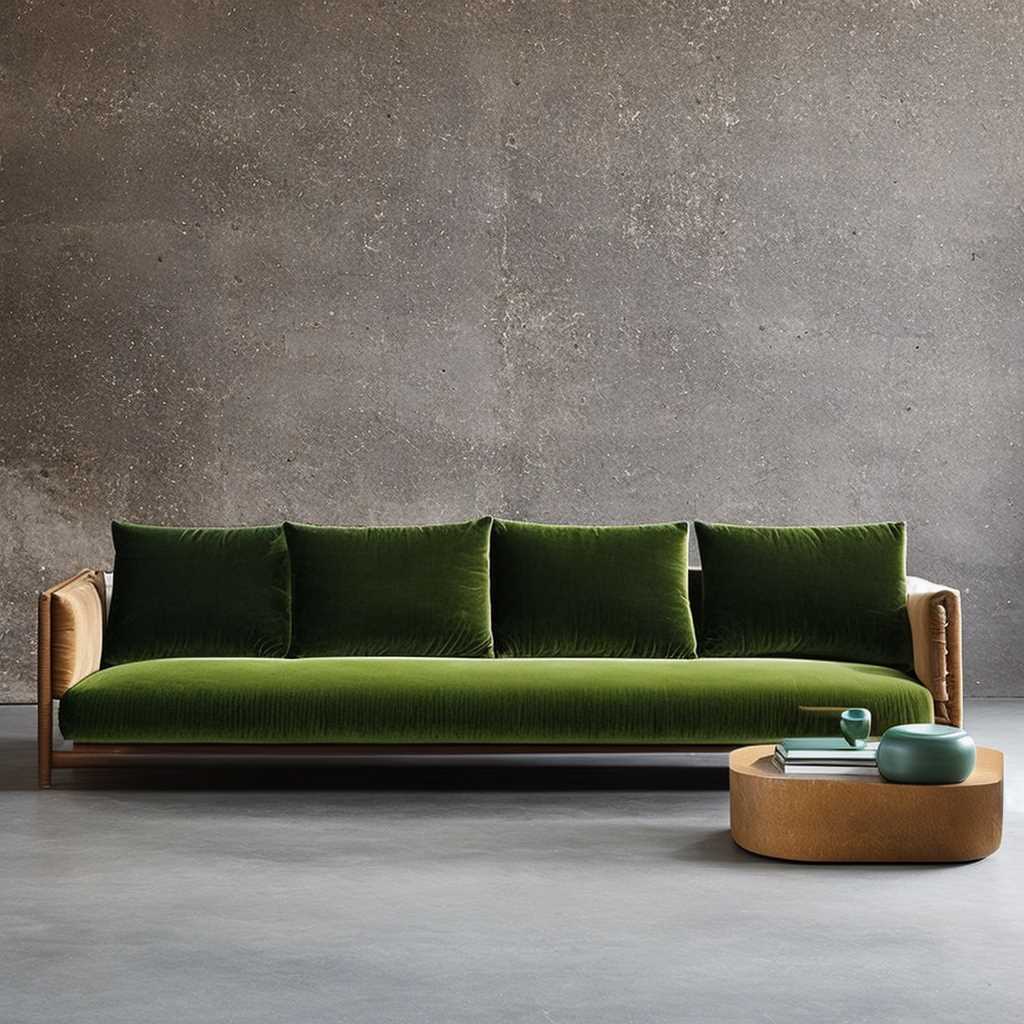
First, let’s talk about why you might want to float a sofa in the first place. Floating a sofa can create a more open and spacious feel in your living room. It can also make the sofa the focal point of the room and allow for better flow and conversation. Additionally, floating a sofa can help to create a more balanced and symmetrical look in your living room.
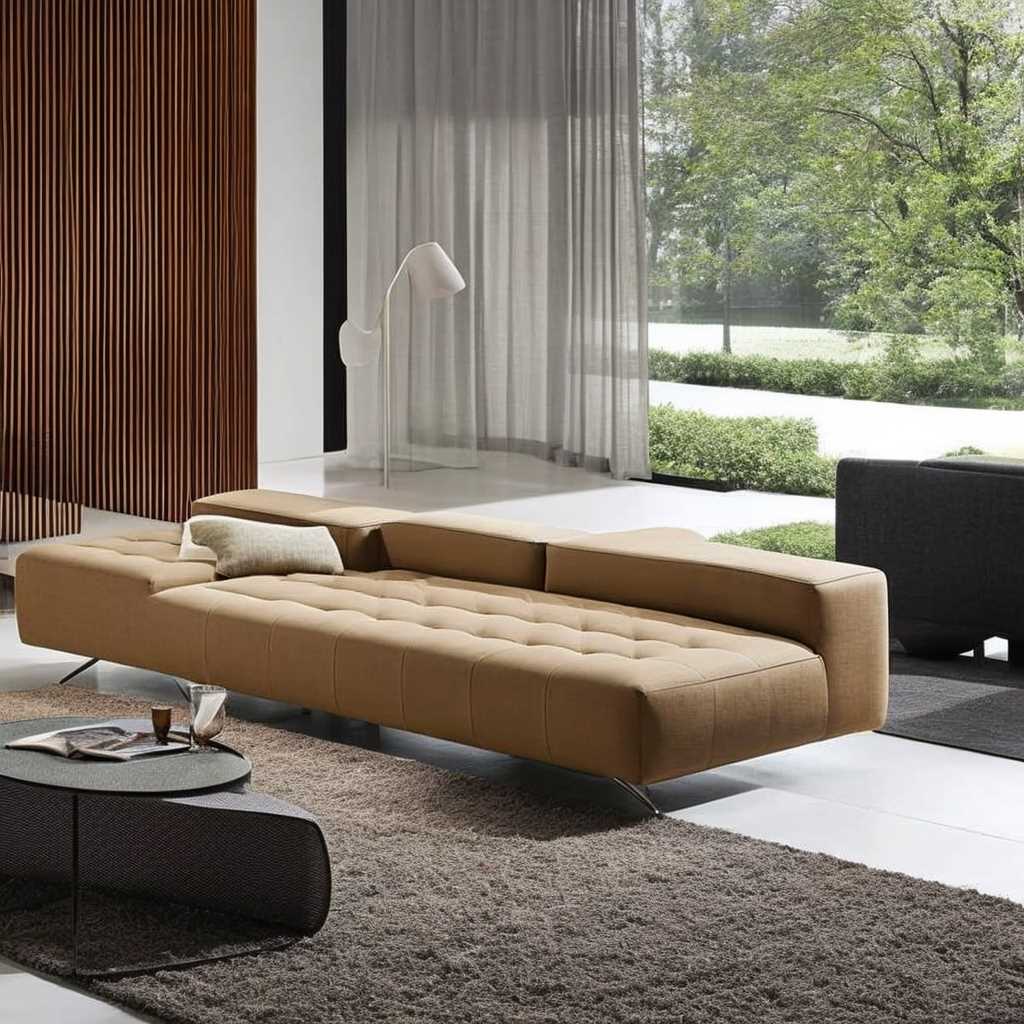
Now, let’s discuss how to actually float a sofa in a living room. The first thing to consider is the size and shape of your sofa. A large sectional may not be the best choice for floating in the middle of the room, as it can take up too much space and feel overwhelming. A smaller sofa or a sectional with a chaise can work well for floating.
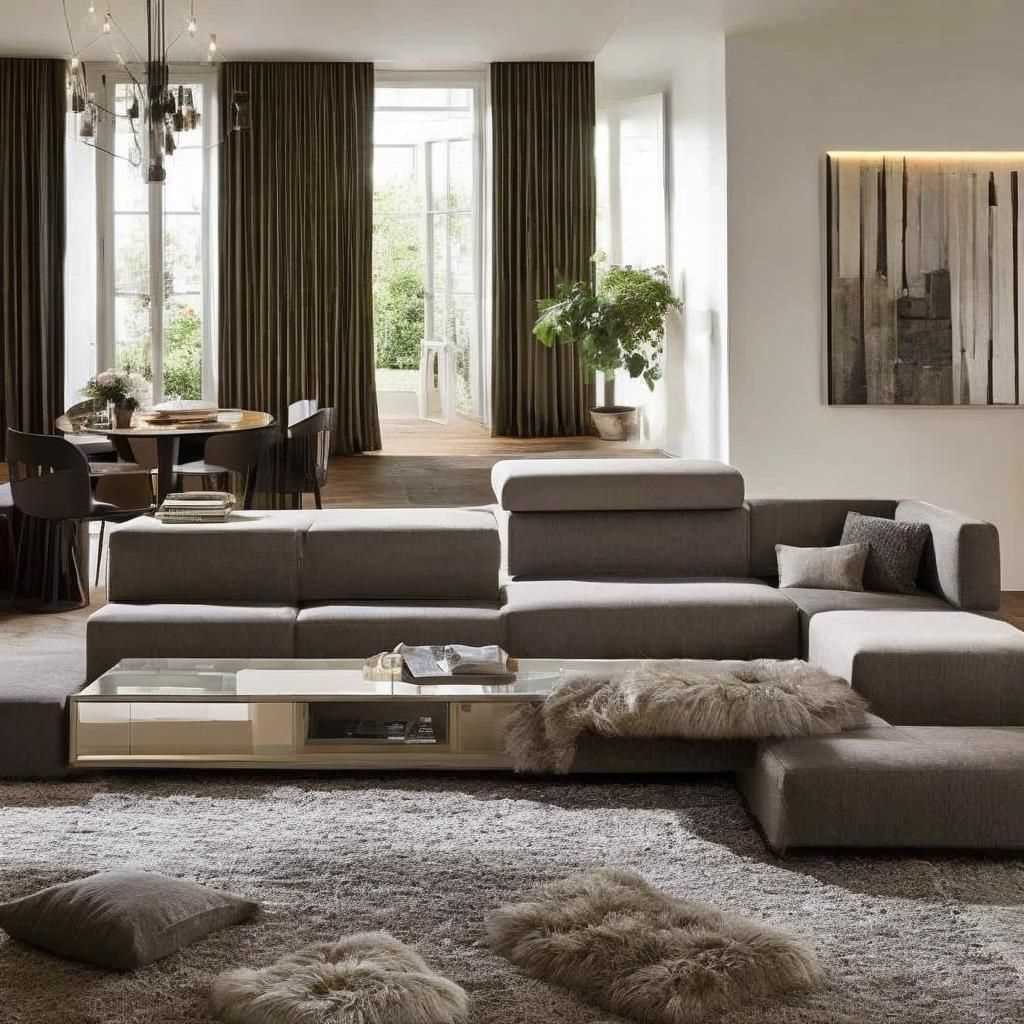
Once you have chosen your sofa, it’s time to think about placement. When floating a sofa, it’s important to consider the flow of traffic in the room. You don’t want to place the sofa in a spot that will block people from moving around the space easily. Additionally, you’ll want to consider the focal point of the room. If you have a fireplace or a TV, you may want to position the sofa so that it faces that feature.
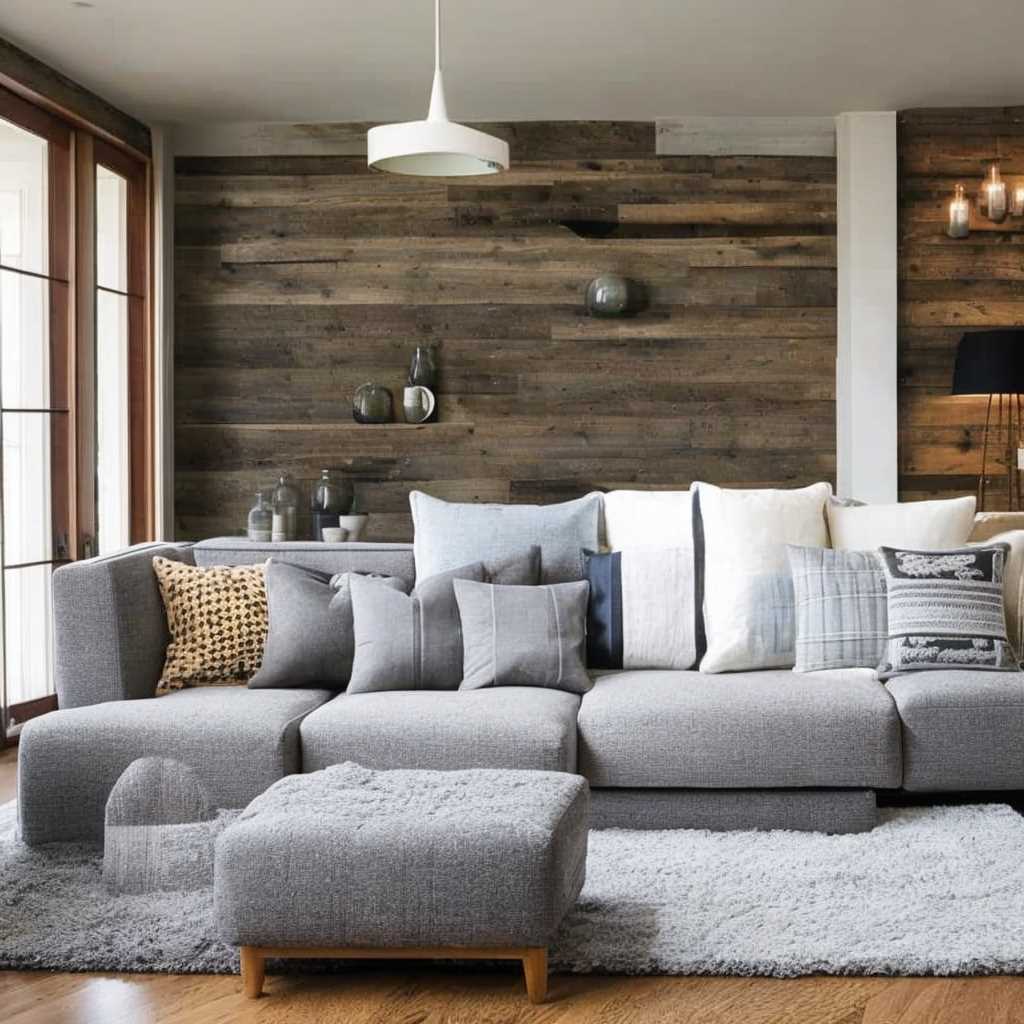
One popular way to float a sofa is to place it in the center of the room with the back facing the entryway. This creates a welcoming and inviting feel, as you can see the sofa from all angles. Another option is to place the sofa perpendicular to the longest wall in the room. This can help to create a more balanced and symmetrical look in the space.
Once you have chosen a placement for your sofa, it’s time to think about the other furniture in the room. When floating a sofa, it’s important to create a cohesive and balanced look with your other pieces. You may want to consider adding a rug underneath the sofa to anchor it in the space. Additionally, you’ll want to think about adding side tables or a coffee table to provide a surface for drinks and snacks.
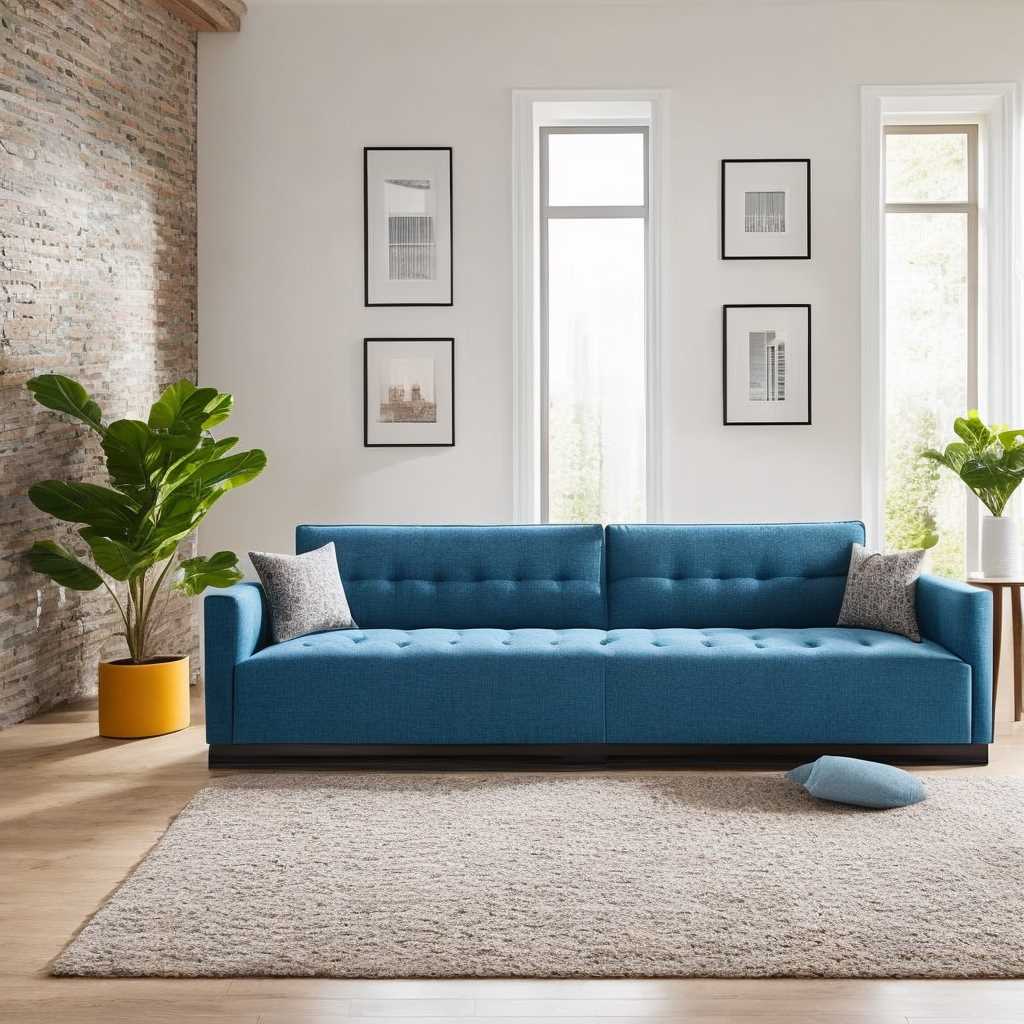
When it comes to styling a floating sofa, there are a few tips to keep in mind. First, consider adding pillows and throws to the sofa to make it feel more inviting and cozy. You can also add artwork or a mirror above the sofa to create a focal point. Additionally, consider adding lighting to the space, such as floor lamps or table lamps, to create a warm and inviting atmosphere.
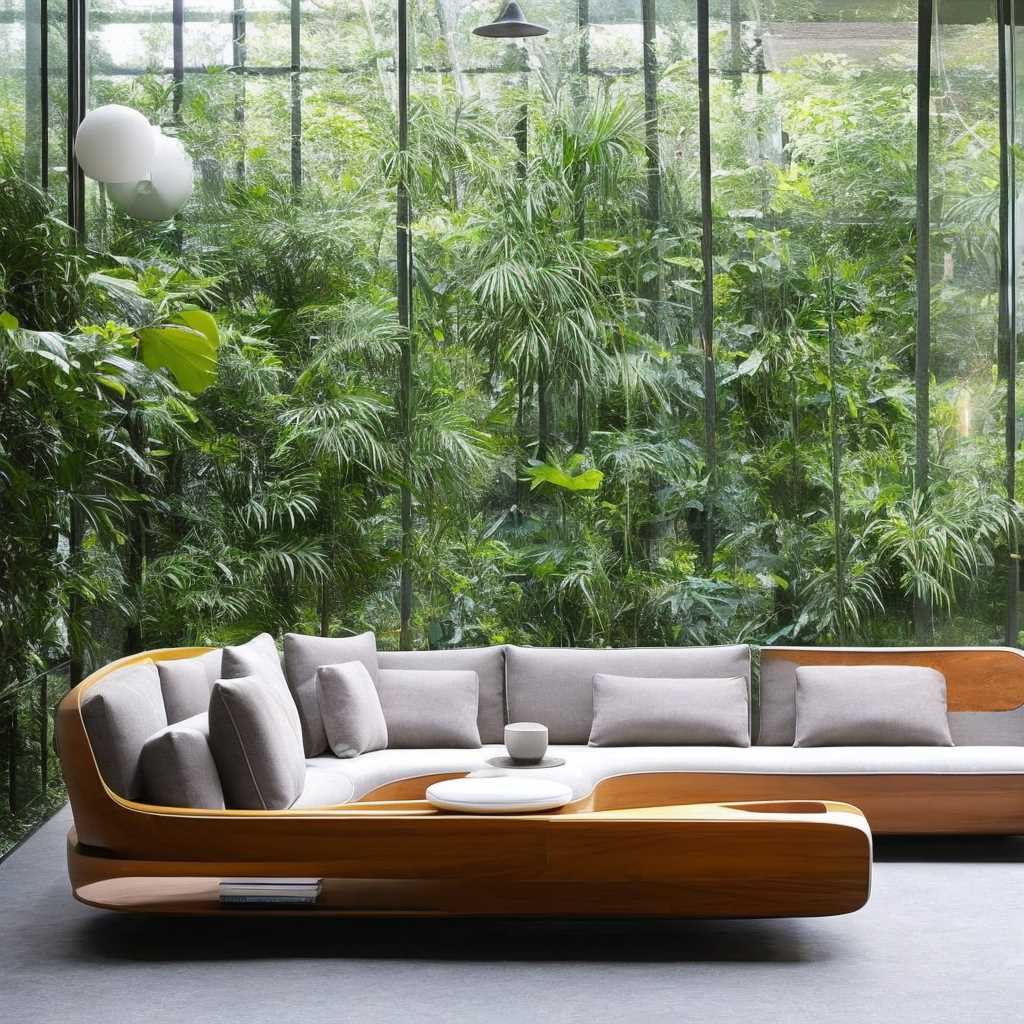
One thing to keep in mind when floating a sofa is that it may not work in every living room. If your space is too small or doesn’t allow for enough flow, floating a sofa may not be the best option. Additionally, if you have a very traditional or formal living room, floating a sofa may not fit with the overall aesthetic.
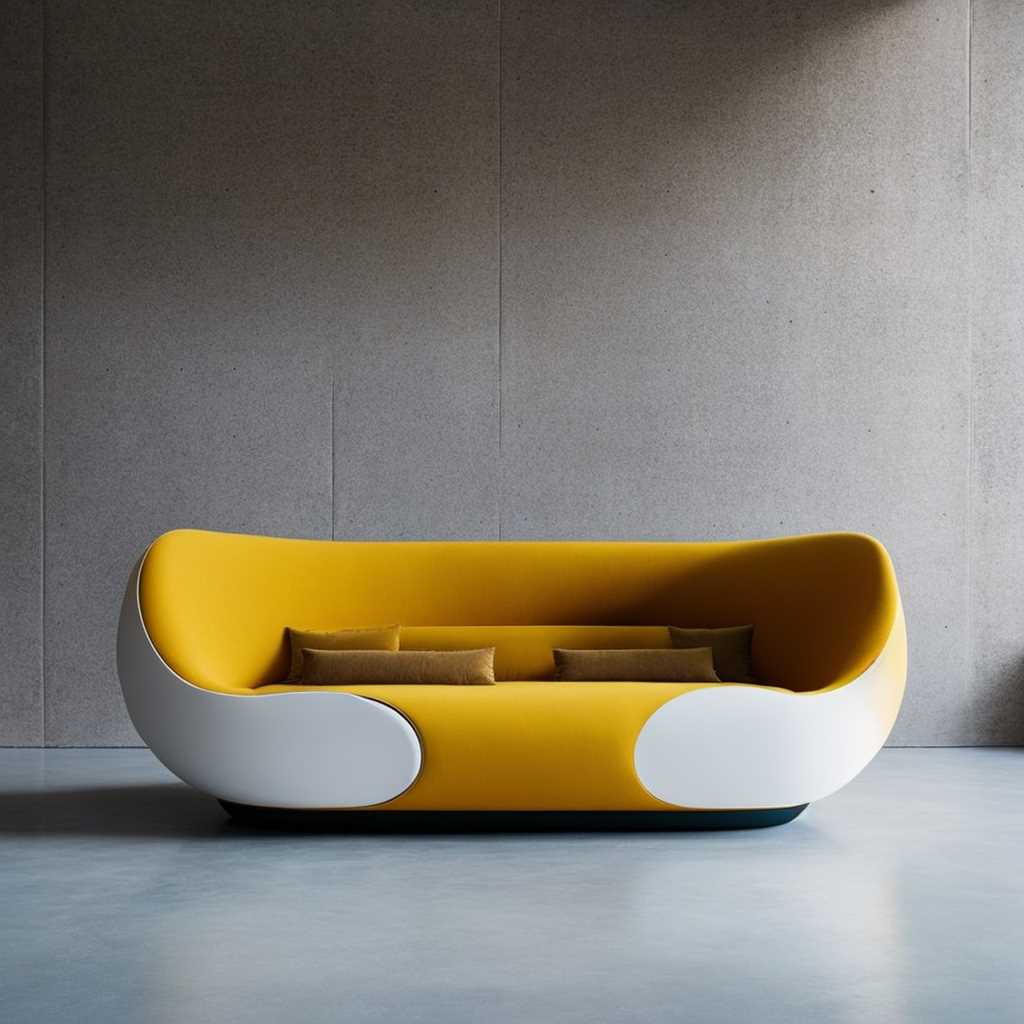
Floating a sofa in a living room can create a more open and inviting feel in the space. When choosing a sofa and placement, consider the size and shape of the sofa, the flow of traffic in the room, and the focal point of the space. Additionally, be sure to create a cohesive look with your other furniture and accessories. With these tips in mind, you can successfully float a sofa in your living room and create a beautiful and functional space.

